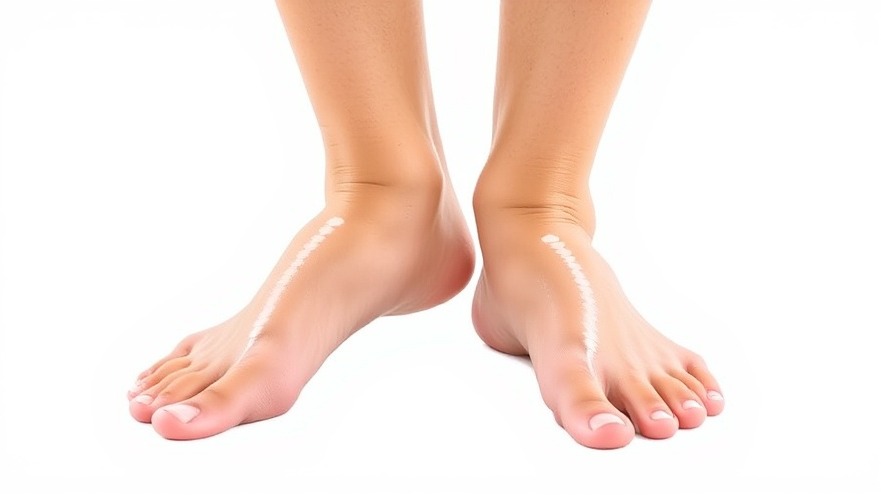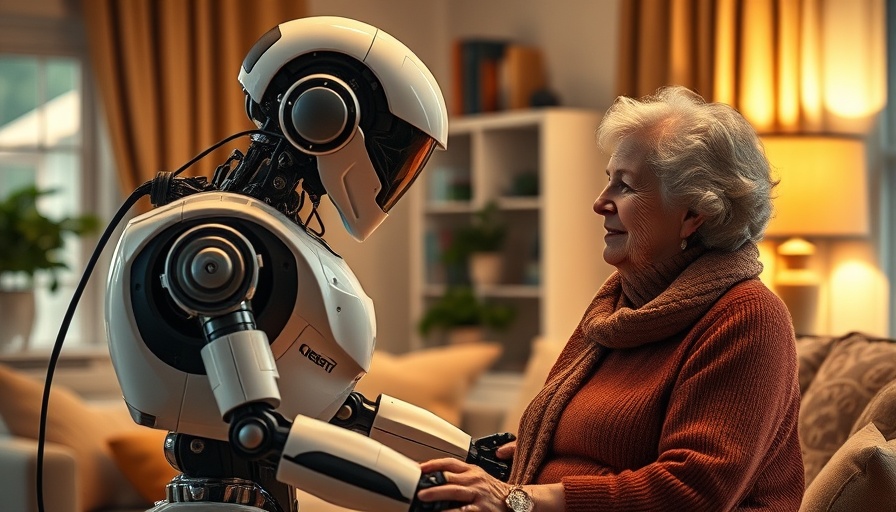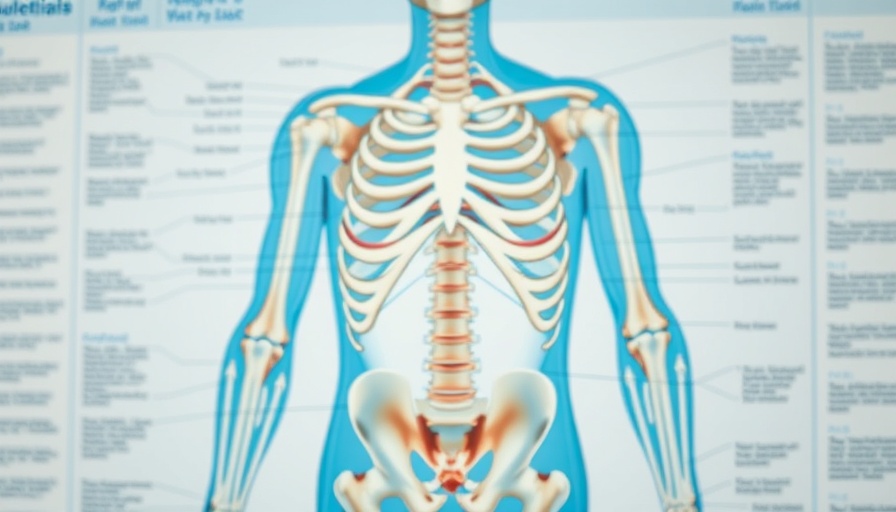
Unlocking New Hope for Patients with Werner Syndrome
Many people believe aging is an inevitable process, a fate we all must accept. However, cutting-edge research offers promising insights into reversing the signs of premature aging, especially for those battling genetic conditions like Werner syndrome—a rare disorder causing rapid aging and numerous health complications from an early age. This condition leads to debilitating problems such as gray hair, cataracts, and cardiovascular diseases, with affected individuals often facing severe health issues by their twenties.
The Revolutionary Role of Nicotinamide Riboside
Nicotinamide riboside (NR), a form of vitamin B3, has emerged from recent clinical trials at Chiba University as a groundbreaking treatment for patients with Werner syndrome. In a landmark double-blind study, researchers found that NR not only safely increased blood levels of nicotinamide adenine dinucleotide (NAD+), a vital molecule involved in cellular energy production and repair, but also improved key aspects of patient health—including cardiovascular health and kidney function.
How Positive Health Outcomes Stem from Walking
While NR offers hope as an anti-aging supplement, it’s essential to remember that lifestyle choices, particularly walking, can significantly impact our health. Studies suggest that walking 7,000 steps a day can cut the risk of death by 47%, and faster walking correlates with increased longevity. Engaging in regular walking not only helps maintain mobility but also promotes cardiovascular and mental health, making it an accessible form of exercise that everyone can incorporate into their daily routine.
Exploring the Connection Between Walking and Aging
The intersection of walking and aging is particularly relevant for those dealing with conditions like Werner syndrome. By emphasizing cardiovascular health, good walking habits could serve as a supplemental method to manage health alongside treatments like NR. Improving walking posture can lessen the impact of joint complications and enhance overall quality of life.
Accessible Technologies Like Smart Insoles
Innovative technologies like smart insoles are paving the way for better walking habits. These devices help track how you walk, run, or stand, providing critical feedback that can lead to the formal corrections necessary for better mobility, especially for seniors or those with specific health conditions. They’re an excellent addition for anyone looking to improve their overall health while mitigating age-related complications.
Fostering a Healthier Future Through Awareness
As the implications of studies surrounding NR continue to unfold, it’s crucial for patients, caregivers, and healthcare professionals to stay informed. Keeping abreast of such advancements not only empowers individuals but also encourages a proactive approach to health, pushing towards sustainable aging solutions.
Conclusion: Take Action for Better Health
The intersection of science and lifestyle presents an incredible opportunity for individuals facing health challenges, particularly those fighting against the effects of Werner syndrome. By incorporating NR into treatment plans and embracing wellness-promoting habits such as regular walking, patients can significantly improve their health outcomes. Join the movement toward better health and longevity—start with a simple step today!
 Add Row
Add Row  Add
Add 




Write A Comment